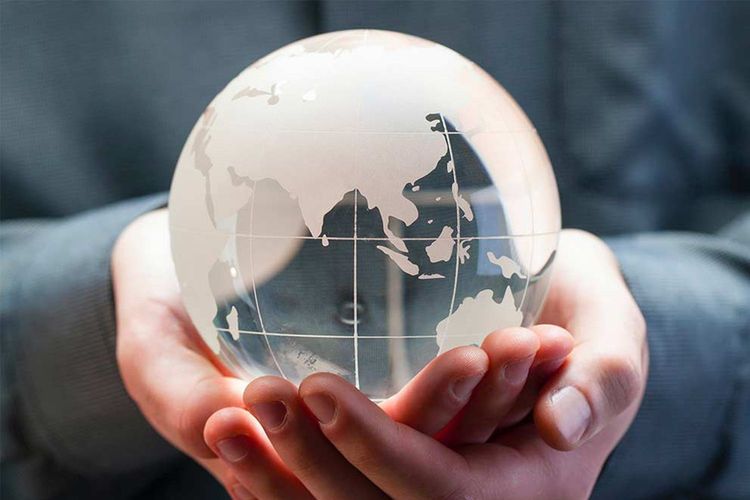
We live on a blue planet. Oceans and seas cover about 75% of the Earth’s surface and contain 97% of all available water. They produce around 50% of the oxygen we breathe and contribute significantly to climate regulation. More than three billion people (40% of the world population) depend on the biodiversity and services offered by marine and coastal ecosystems. According to estimates by the United Nations and OECD (Organisation for Economic Co-operation and Development), today the marine economy employs 31 million people directly and provides 2.5% of the world’s gross added value.
In other words, the ocean is not only essential to regulating the planet’s delicate balances, but also constitutes a giant engine for economic and social development. Today the “Blue Economy” is already one of the top ten world economies and forecasts indicate that in 2030 its value will double to $3,000,000,000.
The concept of the Blue Economy was introduced in preparatory work for the United Nations Conference on Sustainable Development held in 2012 in Rio de Janeiro. Alongside the Green Economy, many coastal countries highlighted the need to recognise the fundamental role of the ocean in the future of the planet and of all living species. A few years later, with the launch of Agenda 2030 and its Sustainable Development Goals, the United Nations finally identified a specific objective (SDG 14) linked to life underwater and defined a precise route towards safeguarding the ocean.
On the one hand, the pressure from mankind is enormous. Maritime activities – offshore extraction and transportation of oil and gas, trade, fishing, tourism, ship building, port activities, but more generally many other industrial sectors such as plastics, chemicals and agriculture, are having an increasing impact on aquatic ecosystems and putting their resilience to the test.
On the other, promoting new models of production and consumption that are capable of combining growth with the protection of marine environments is largely dependent on the diffusion of more advanced technological solutions and new business models. One of the main challenges, therefore, is to bring sustainable innovations (blue technologies) to the marine economy. This means developing and applying the results of research in fields such as marine biotechnology, nanotechnologies, new materials, renewable energy sources (offshore wind, waves, tides), alternative fuels, technologies for monitoring and control, in maritime industries.
It represents a mammoth opportunity for businesses and the financial sector, which will be able to acquire or consolidate new competitive advantages. From this perspective, there are also many opportunities to create innovative start-ups (and new jobs), combining the potential of ocean and coastal areas with respect for the integrity of ecosystems.
In the light of the proactive scientific collaboration initiated in the past years, the One Ocean Foundation and SDA Bocconi are focusing on new lines of research to examine opportunities relating to the Blue Economy within a framework of sustainable development. The partnership aims to identify and map the most innovative technological solutions and business models, finding and publicising success stories using the most appropriate instruments for research and communication.


